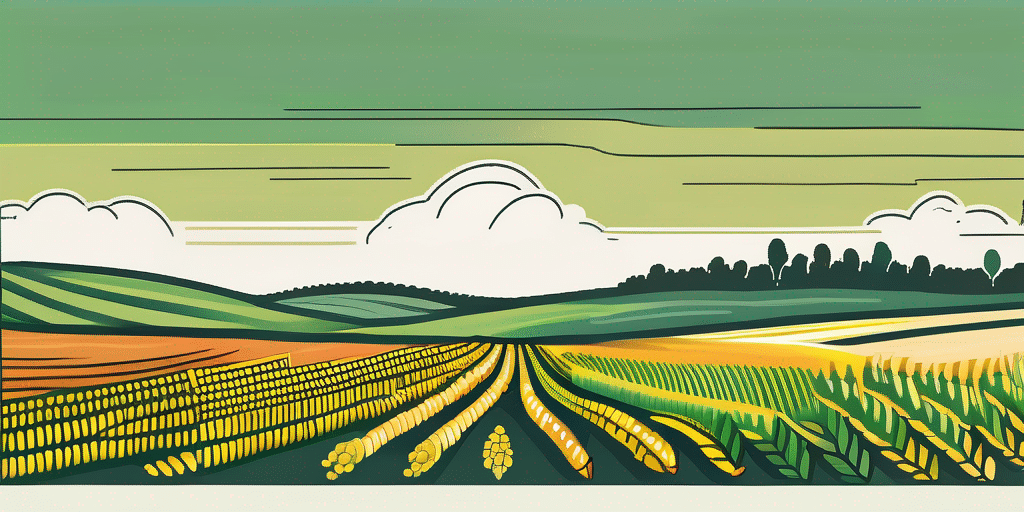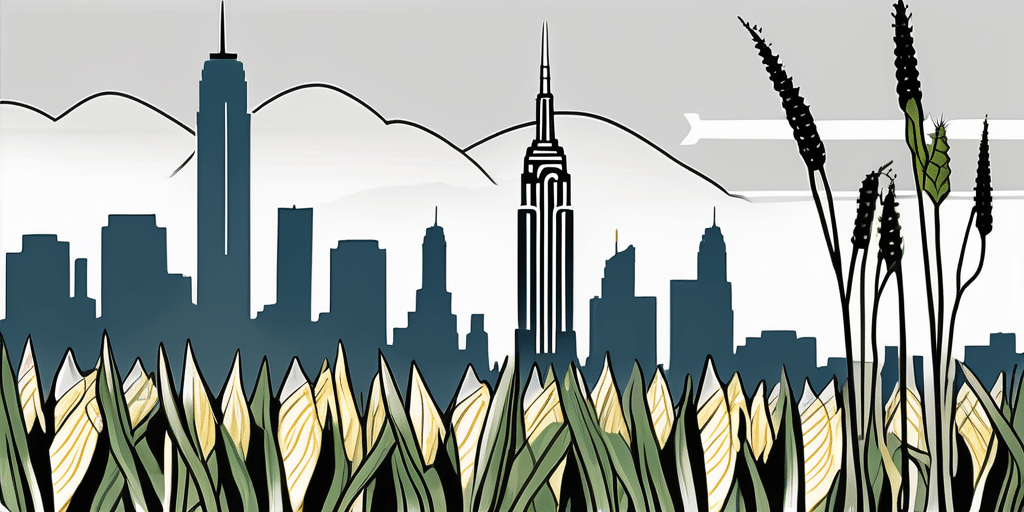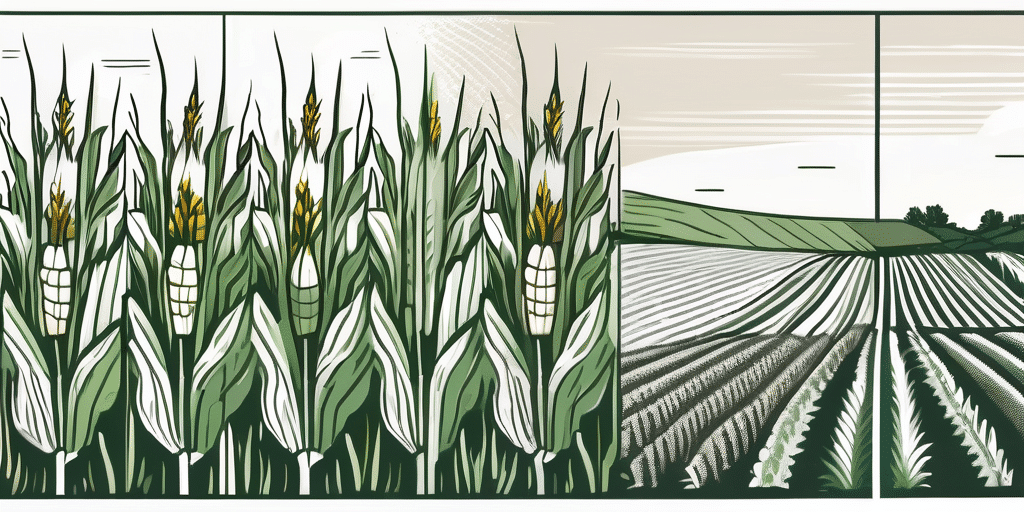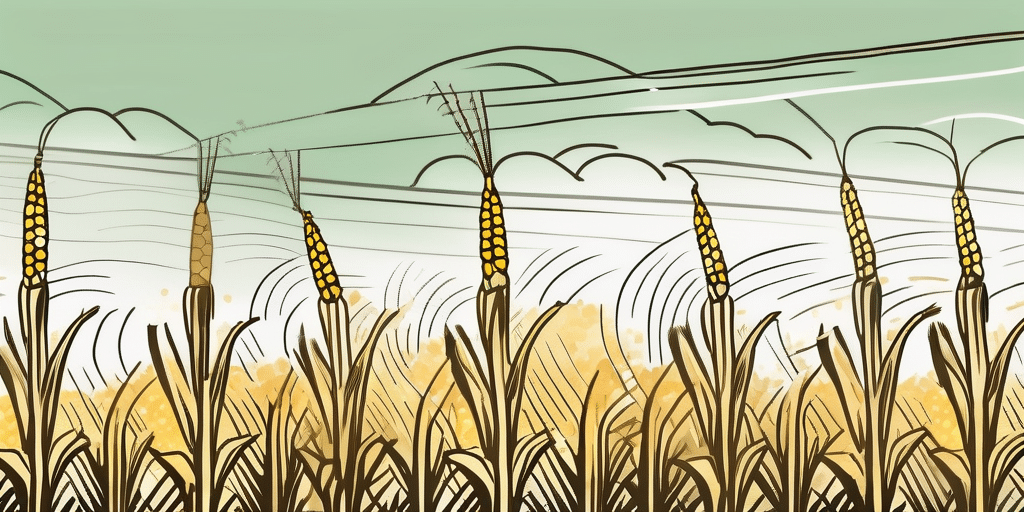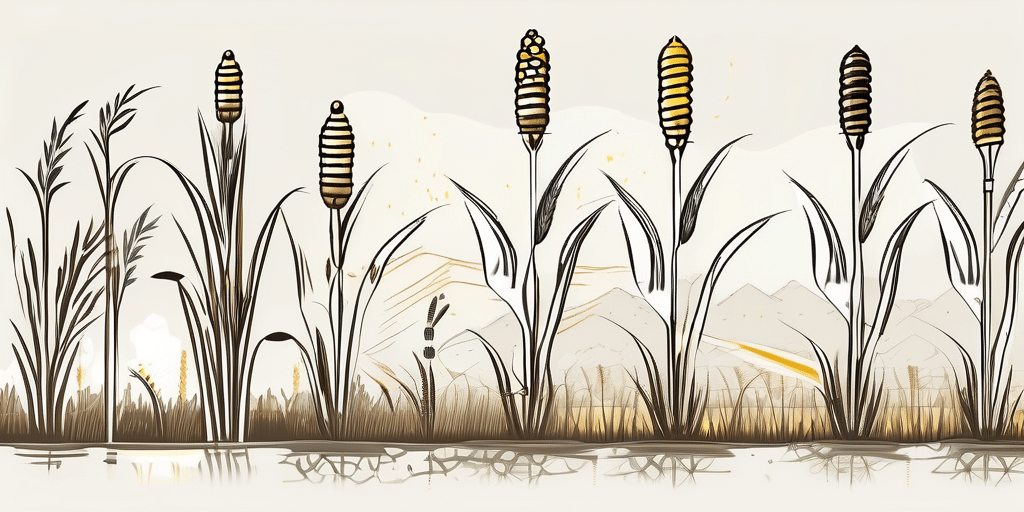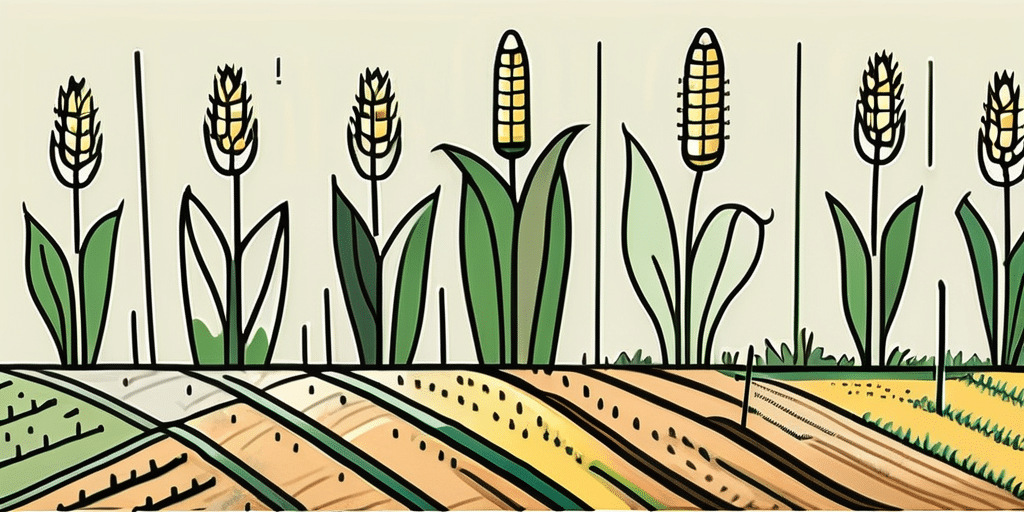Bodacious corn is a popular variety of sweet corn that is well-suited to the climate and soil conditions in Louisiana. Whether you’re a seasoned gardener or a novice looking to try your hand at growing this delicious crop, this article will provide you with all the information you need to successfully plant and grow bodacious corn in the Pelican State.
Climate & Hardiness Zones in Louisiana
Before you start planting, it’s crucial to understand the climate and hardiness zones in Louisiana. The state is known for its hot and humid summers, which are ideal for growing corn. Most areas of Louisiana fall under USDA hardiness zones 8 and 9, where the average annual minimum temperature ranges from 10°F to 30°F (-12°C to -1°C). With this information in mind, let’s delve into the specifics of when to plant bodacious corn.
Louisiana’s climate is greatly influenced by its proximity to the Gulf of Mexico, which brings warm, moist air to the region. This maritime influence moderates temperatures, preventing extreme cold snaps in winter and fostering a long growing season for crops like corn. The state experiences an average of 60 to 70 inches of rainfall annually, with the highest amounts occurring in the summer months, providing natural irrigation for crops.
When considering planting bodacious corn in Louisiana, it’s important to note that the state’s diverse landscape offers varying microclimates. Coastal areas may experience milder winters compared to northern regions, impacting the timing of planting. Additionally, Louisiana’s rich alluvial soil, particularly in the Mississippi River Delta region, provides fertile ground for corn cultivation, contributing to the state’s reputation as a top producer of this staple crop.
When to Plant Bodacious Corn in Louisiana
Timing is key when it comes to planting bodacious corn in Louisiana. The recommended time for planting is between late February and early April, depending on your specific location within the state.
As with any crop, it’s essential to pay attention to the soil temperature. Corn seeds germinate best when the soil temperature reaches around 50°F to 86°F (10°C to 30°C). Therefore, it’s important to wait until the soil has warmed up sufficiently before sowing your bodacious corn seeds.
For the best results, consider using a soil thermometer to measure the temperature of your garden soil. If the soil temperature is not optimal yet, you can speed up the warming process by covering the planting area with black plastic mulch or row covers. This will help trap heat from the sun, accelerating the soil warming process and creating more favorable conditions for your corn seeds.
It’s also crucial to consider the moisture levels in the soil before planting your bodacious corn. Corn requires consistent moisture, especially during the germination and tasseling stages. In Louisiana, where the climate can be hot and humid, it’s important to ensure that your corn plants receive an adequate amount of water throughout their growth cycle.
Furthermore, when planting bodacious corn, it’s beneficial to rotate your crops to prevent the buildup of pests and diseases specific to corn. Crop rotation helps maintain soil health and fertility, reducing the need for chemical fertilizers and pesticides. Consider planting legumes or other cover crops in between corn seasons to improve soil structure and nutrient levels.
Now that you know when to plant, let’s move on to the next stage – harvesting your bodacious corn!
When to Harvest or Pick Bodacious Corn in Louisiana
After patiently nurturing your bodacious corn plants, the time will come to reap the rewards of your hard work. The exact timing of harvest can vary depending on your preferences and the flavor and texture you desire in your corn.
In general, bodacious corn is ready to be harvested approximately 80 to 90 days after planting. One of the best indicators that your corn is ready for picking is the appearance of brown, dry silks. These are the thread-like structures that protrude from the husk of each ear of corn. When most of the silks have turned brown and dry, it’s a good indication that the corn kernels have reached their maximum size and are ripe for harvesting.
To harvest your bodacious corn, simply grasp the ear firmly and pull it downward, using a slight twisting motion to free it from the stalk. Alternatively, you can use a sharp knife or shears to cut the ear from the plant, making sure not to damage the adjacent ears.
Once harvested, it’s best to consume your bodacious corn as soon as possible for maximum freshness and flavor. If you have more corn than you can eat in one go, consider freezing or canning it to enjoy throughout the year.
Now that we’ve covered the basics of planting and harvesting bodacious corn in Louisiana, let’s address some frequently asked questions to ensure you have all the information you need.
One common question that arises is how to store freshly picked bodacious corn. To maintain its sweetness and juiciness, it’s recommended to keep the corn in the husk and refrigerate it as soon as possible after harvesting. This helps to slow down the conversion of sugars into starch, preserving the delicious taste of the corn.
Another important aspect to consider is the ideal time of day to harvest your bodacious corn. Many experienced farmers recommend harvesting corn in the early morning when the temperatures are cooler. This not only helps to retain the freshness of the corn but also minimizes the risk of heat stress on the plants during the harvesting process.
Frequently Asked Questions
Q: Can I plant bodacious corn directly in the ground or should I use containers?
A: Bodacious corn is typically grown directly in the ground since it requires ample space for healthy growth and strong root establishment. However, if you have limited garden space or prefer container gardening, it is possible to grow bodacious corn in large containers or raised beds. Just make sure the container is deep enough to accommodate the corn’s tall stalks.
Q: Do I need to fertilize my bodacious corn plants?
A: While corn is known as a nutrient-hungry crop, the fertile soils in Louisiana often provide sufficient nutrients for successful corn growth. However, it’s always a good idea to assess your soil’s nutrient content before planting and make any necessary amendments. Conduct a soil test to determine the pH level and nutrient levels. If needed, you can add organic matter or balanced fertilizer based on the test results.
Q: How often should I water my bodacious corn plants?
A: Corn plants require consistent moisture, especially during the key stages of growth, such as pollination. It’s important to provide adequate water to support healthy plant development and to increase the chances of successful pollination and ear formation. Aim to provide the equivalent of about 1 inch (2.5 cm) of water per week through irrigation or rainfall.
Remember that it’s best to water deeply and less frequently, rather than applying shallow and frequent irrigation. This encourages the corn’s roots to grow deeper into the soil and makes them more resilient to dry periods.
Q: Can I save seeds from my bodacious corn for future planting?
A: While it is possible to save seeds from bodacious corn for future planting, it’s important to note that this variety is a hybrid. Hybrid corn results from the cross-pollination of two different parent varieties and often exhibits desirable traits such as disease resistance and high yield potential. However, the seeds produced by hybrid plants will not consistently produce plants with the same characteristics as the parent plant. For reliable results, it’s best to purchase fresh seeds each planting season.
With these insights and tips, you’re well-equipped to embark on your own bodacious corn-growing adventure in Louisiana. Enjoy the process and savor the taste of fresh, sweet corn that you’ve nurtured from seed to harvest!
Join Our Gardening Community
Ready to transform your green thumb into a cornucopia of thriving plants? Subscribe for free to How to Grow Everything and learn how to build the garden of your dreams! Receive personalized gardening advice tailored to your Louisiana grow zone, experience level, and interests. With us, you’ll get the best gardening tips and special offers delivered straight to your inbox – no spam, no tricks, just valuable insights. Take advantage of our 100% free service and join a community that’s just as passionate about gardening as you are. From our family to yours, let’s grow bodacious corn and more, together!

